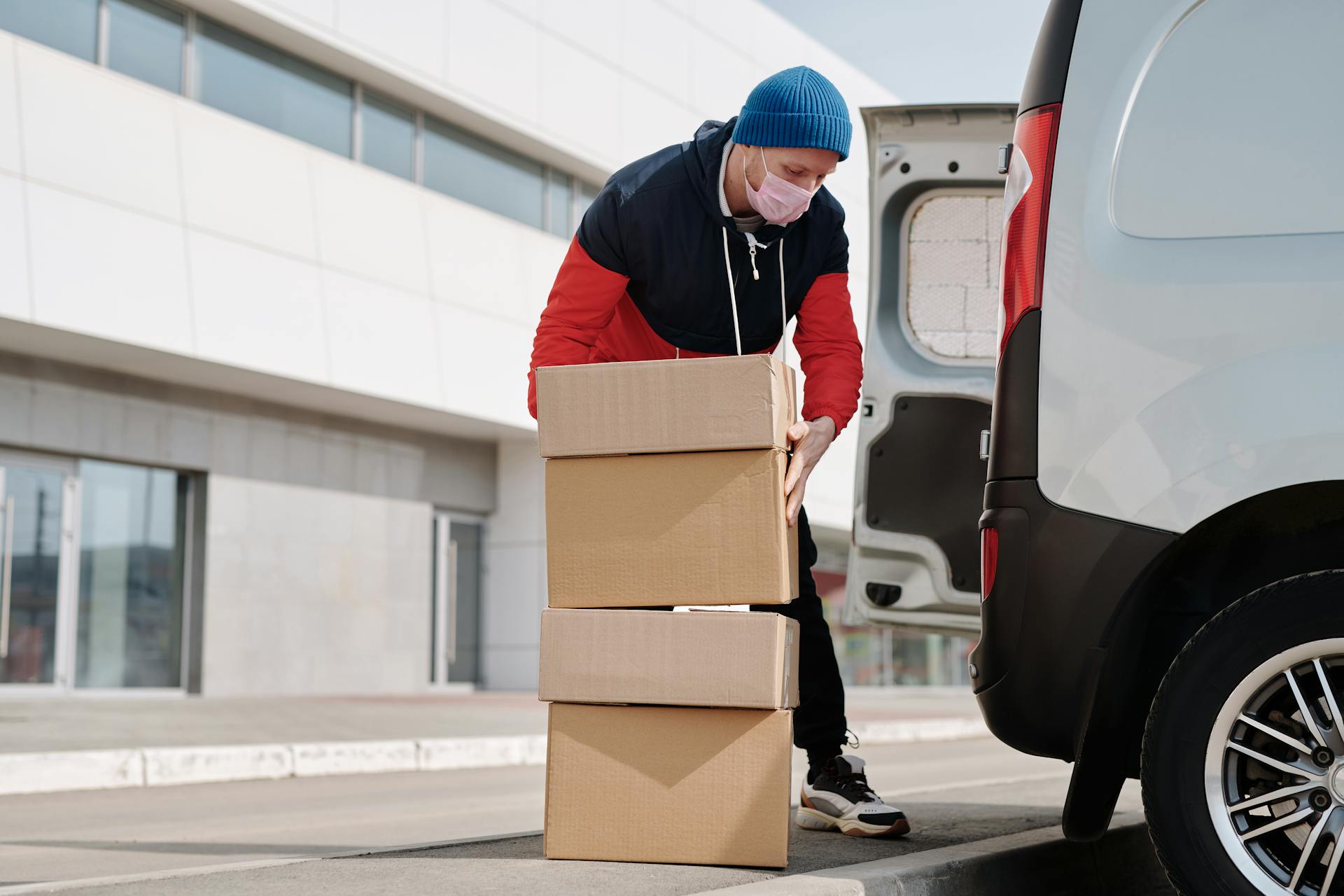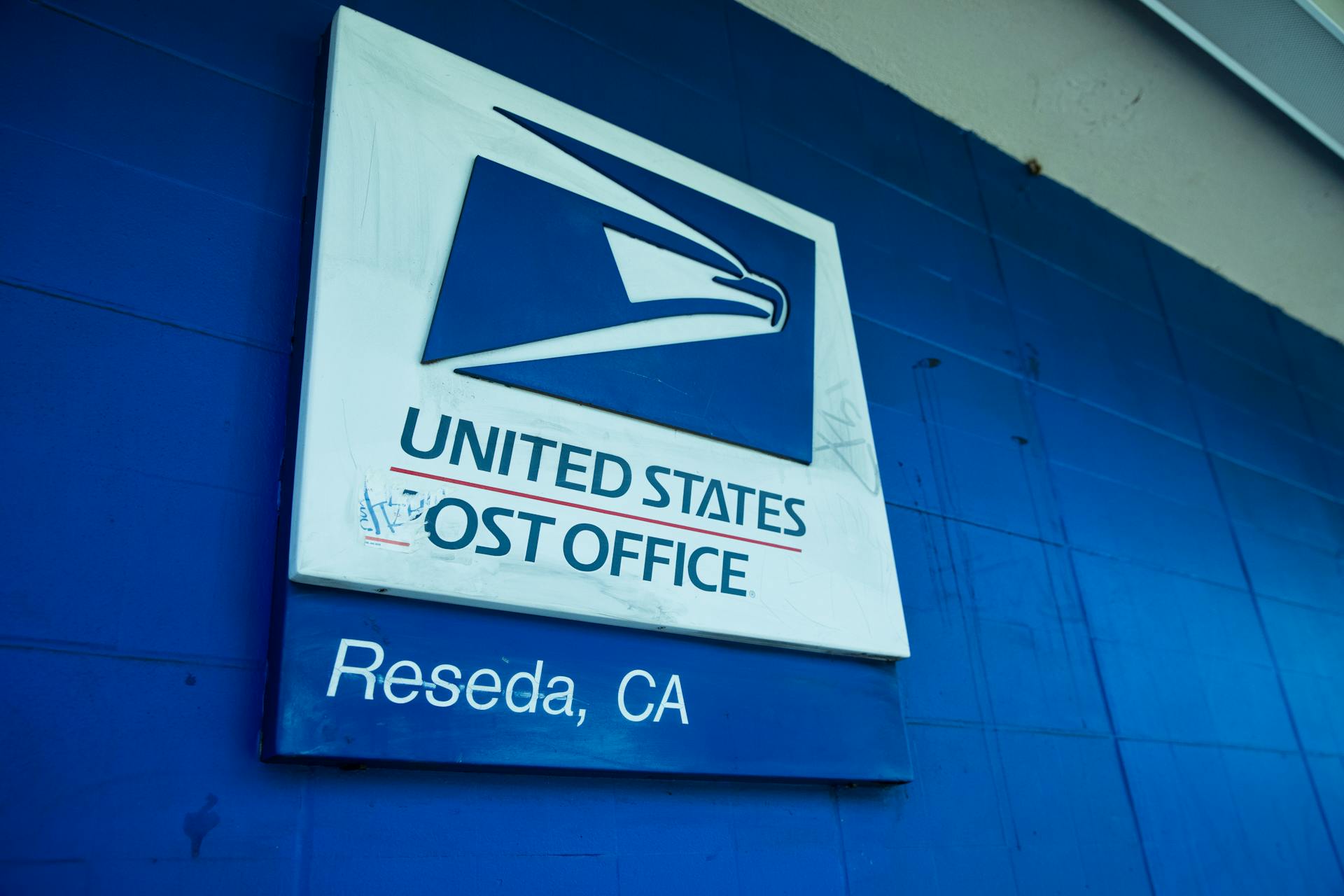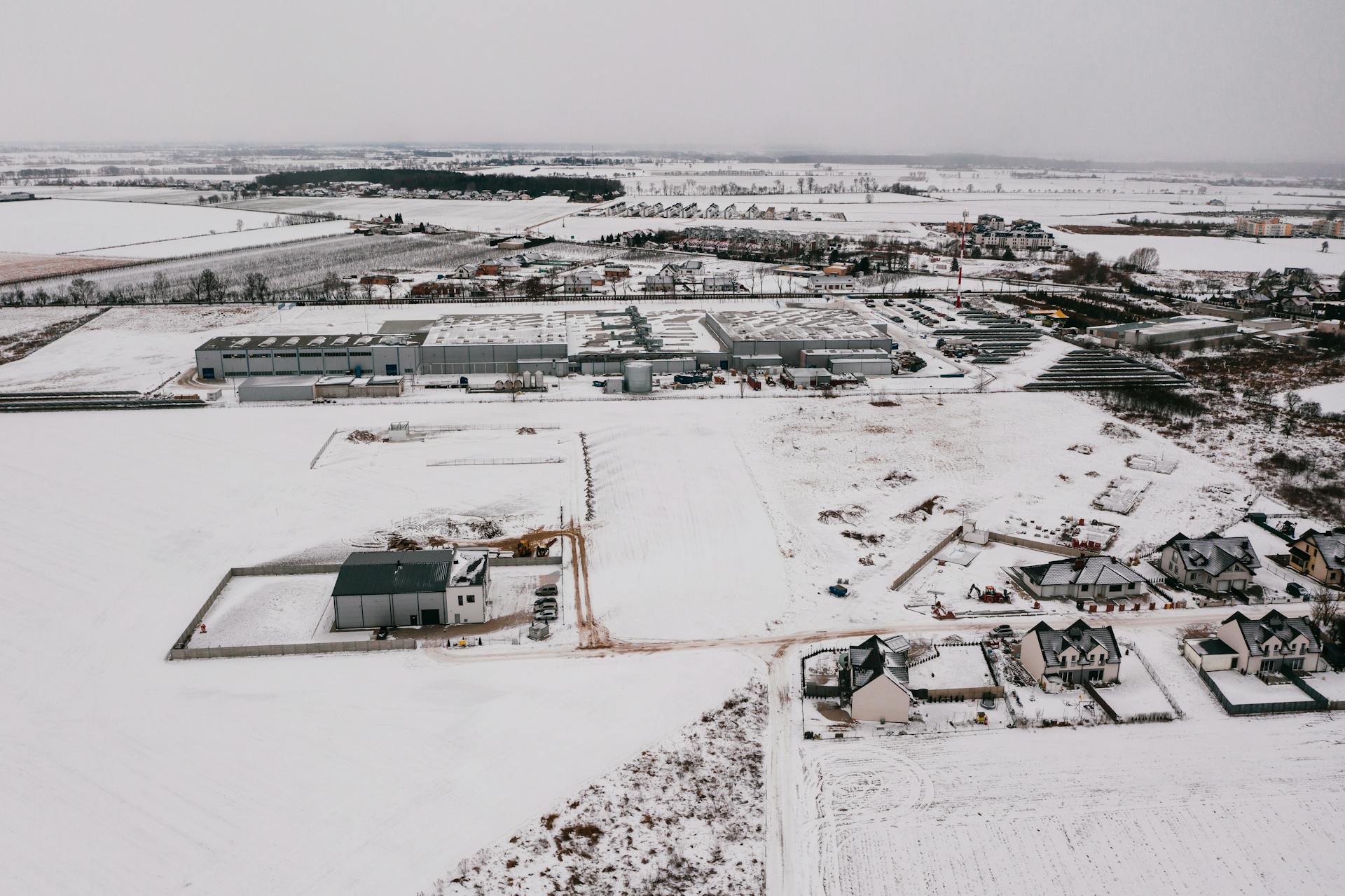
Last mile transportation is a complex and challenging aspect of logistics, requiring efficient and cost-effective solutions to deliver goods and services to customers. The average cost of last mile delivery is around 30% of the total delivery cost.
In the US alone, the last mile delivery market is projected to reach $73.5 billion by 2025. This growth is driven by the increasing demand for online shopping and the need for fast and reliable delivery services.
To overcome operational hurdles, many companies are turning to alternative delivery methods such as crowdsourced delivery and autonomous vehicles. For example, companies like Uber and Lyft are using their existing networks to provide delivery services, reducing costs and increasing efficiency.
However, technological hurdles still need to be addressed, particularly in terms of infrastructure and data management.
What's the Problem?
The last mile problem is a common issue in the shipping process. It's the most expensive and time-consuming part of the process, accounting for 53% of the total costs of shipments.

Customers have extremely high expectations for timely delivery, and the pressure falls on fleet managers to fulfill them. This can lead to failed deliveries and last-minute route changes.
The cost of fuel is also a significant factor in the last mile problem. Companies often eat about 25% of the cost themselves, but this number is increasing due to supply chain inefficiencies.
Companies can't afford to disappoint customers, who can easily find alternative places to shop. This means companies have to foot the cost of last mile shipping, which is becoming more and more costly.
Operational Challenges
Traveling in urban areas is a nightmare, with narrow roads, heavy traffic, and impossible parking, making deliveries more time-consuming and prone to delays.
Rural locations, on the other hand, have plenty of space, but drivers may need to travel long distances between stops, increasing travel times and wait times.
Delivering large and heavy items, such as furniture, can be a logistical challenge, with ideal scenarios requiring two delivery persons to carry the item to the customer's doorstep.
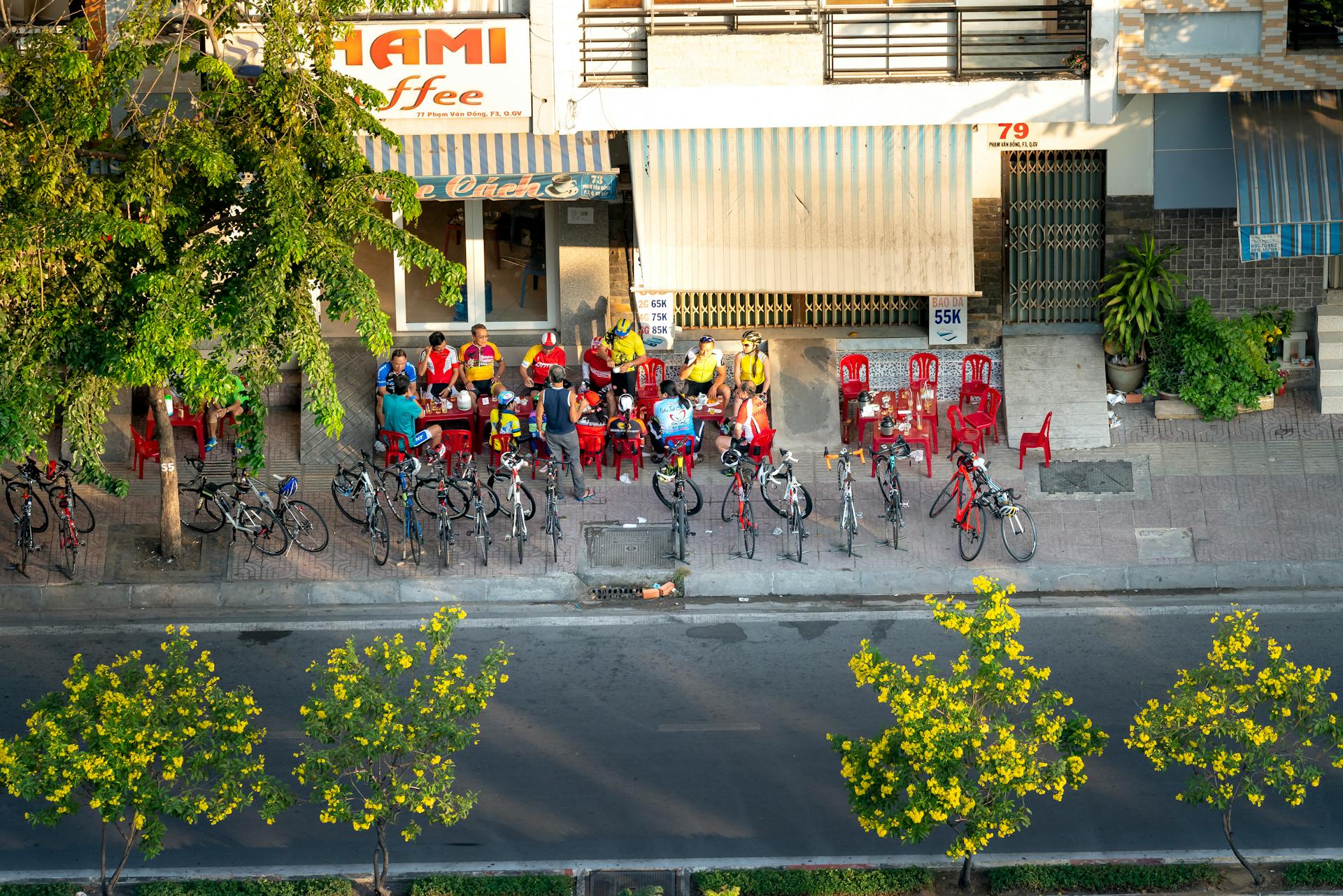
The lack of drivers and vehicles is a significant issue, with the US facing a driver shortage even before the coronavirus pandemic, and many businesses relying on costly ad hoc vehicle acquisitions.
Here are some common operational challenges faced by last mile delivery companies:
- Delivering in urban areas
- Delivering in rural areas
- Delivering large and heavy items
- Lack of drivers and vehicles
What is a Carrier?
A carrier is a person or entity responsible for completing the last leg of the supply chain. This can be a daunting task, especially for businesses that rely on efficient delivery to meet customer demands.
The last-mile delivery carrier transports items from a distribution point to the end customer. This is the final step in the supply chain, and it's crucial for ensuring timely and accurate delivery.
In many cases, the carrier is the last point of contact for the customer, making a good impression essential for building brand loyalty.
Challenges
Challenges in last mile delivery are numerous and can be categorized into several areas. Traveling in urban areas is particularly challenging due to narrow roads, heavy traffic, and limited parking, leading to significant delays.
In contrast, rural areas have ample space, but drivers may need to travel long distances between stops, increasing travel times and wait times. Delivering large and heavy items, such as furniture, is also a challenge, as it often requires two delivery persons to carry the item to the customer's doorstep.
The lack of drivers and vehicles is another significant challenge. According to Example 2, the U.S. was facing a driver shortage even before the coronavirus pandemic, and many businesses are relying on costly ad hoc vehicle acquisitions. This can lead to inefficiencies and increased costs.
Here are some of the key challenges in last mile delivery:
- Traveling in urban areas
- Traveling in rural areas
- Delivering large and heavy items
- Lack of drivers and vehicles
These challenges can be mitigated with the use of technology, such as autonomous cars, drones, and robots, which can improve road safety, sustainability, and access to goods delivery.
5 Key Steps
The last mile delivery process can be complex, but understanding its key steps is crucial to overcoming operational challenges. Orders are monitored by both the sender and the end recipient, who can track the status of their delivery through a tracking number.
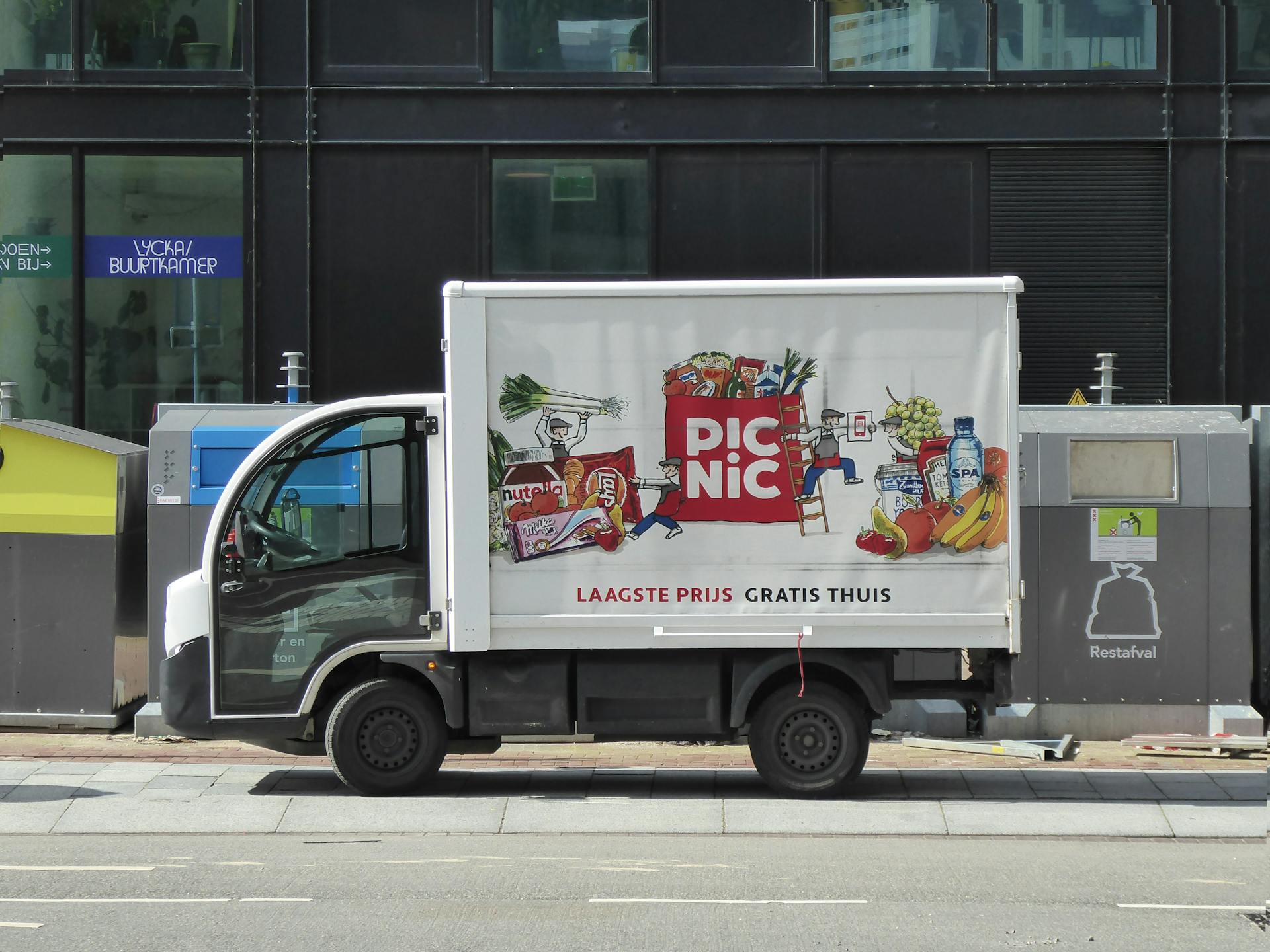
Orders arrive at the transportation hub and await delivery to their end recipient. This is a critical step, as it marks the official start of the last mile delivery process. Strategically sorting and designating parcels for delivery is essential to having an optimized, cost-effective delivery solution.
Here are the 5 key steps in the last mile delivery process:
- Orders are monitored by both the sender and the end recipient, who can track the status of their delivery through a tracking number.
- Orders arrive at the transportation hub and await delivery to their end recipient.
- Orders are designated to delivery personnel based on routes and recipient addresses.
- A fleet manager or software assigns delivery routes based on orders, considering customer location, delivery time constraints, fuel usage, and more.
- Orders successfully reach the end recipients, and proof of delivery is obtained, such as a signature or picture of the delivered order for order records.
Each step requires careful planning and execution to ensure timely and efficient delivery. By understanding these key steps, businesses can better navigate the challenges of last mile delivery and provide a better experience for their customers.
Choosing a Service Provider
Choosing a Service Provider can be a daunting task, especially with so many options available. Online reviews are a great place to start, check Google, social media accounts, and the company's website to see what other people's experience with the company has been like.
Technology is driving the future of last mile delivery, and it's essential to choose a service provider that understands this importance and offers relevant strategies to propel your business forward.
A third-party provider will already have an existing fleet, but consider whether it's right for your operations. Class 5 trucks can transport a lot of items, but can they maneuver throughout downtown city streets where many of your customers live?
A unique perspective: Transportation Insurance Companies
In-House Services

In-house delivery services are becoming increasingly popular among companies, and it's not hard to see why. Companies like Amazon have started using their own in-house delivery service, which allows them to control costs and customer experience.
This approach also enables companies to expand their delivery window, with some even delivering late in the evenings and weekends. In-house delivery means a company has its own fleet of delivery vehicles and salaried drivers to get shipments from their warehouses out to customers.
Having a dedicated fleet and drivers reduces reliance on third-party logistics, which can be unpredictable and costly. Orders are scanned before being loaded onto delivery vehicles, updating the status of the order for both the sender and the end recipient.
Technology Solutions
Technology solutions are revolutionizing the way we approach last mile transportation. With the rise of demand for expedited deliveries, tech-enabled platforms have emerged to help manage the last mile.
Connected vehicles equipped with telematics and GPS tracking technology provide valuable insights into fleet operations, allowing for route optimizations and safer driving habits.
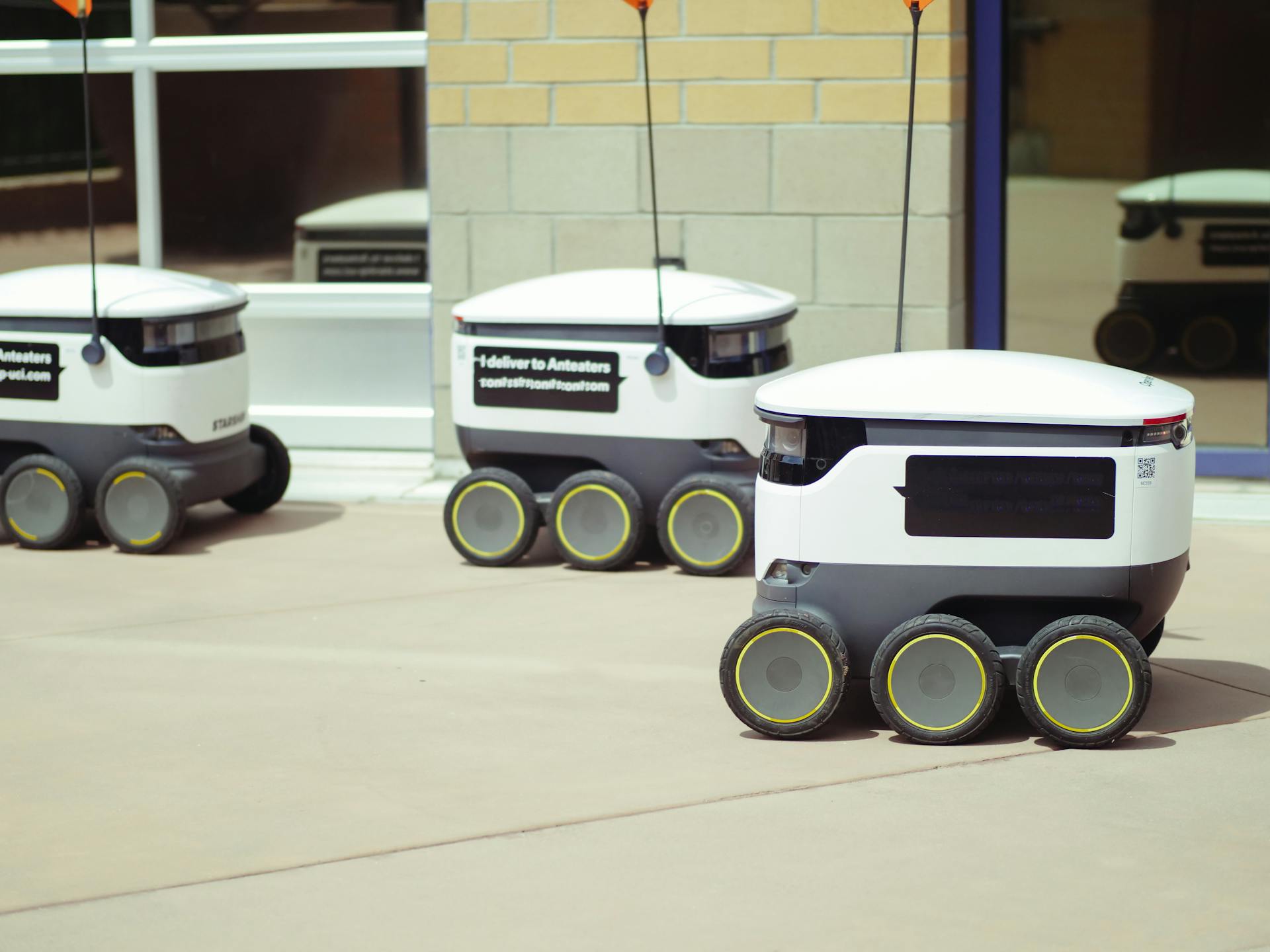
Programs like TotalConnect can detect unsafe driving habits, offer quicker delivery routes, and ensure vehicles are up to date on maintenance.
To perfect last mile delivery, having an effective fleet management tool is essential. Onfleet, a last mile delivery platform, serves as a "complete toolkit" for last mile delivery, featuring end-to-end route planning, dispatch, real-time driver tracking, communication, and analytics.
Here are some key features of last mile technology solutions:
- Telematics and GPS tracking technology
- Route optimizations
- Fleet management tools
- Real-time driver tracking
- Communication and analytics
Robots and Drones
Robots and drones are being considered as future last-mile delivery options. They could potentially change the game considerably.
The highest cost in delivery is labor, which accounts for 60% of the cost. This is according to Andre Pharand, Accenture’s global management consulting lead for the postal and parcel industry.
Deliveries are currently limited by labor cost, availability, and shifts. Robotic delivery could be done 24 hours a day, which would greatly increase delivery capacity.
Robotic delivery robots and drones are being considered as future last-mile delivery options, including parcel lockers.
Technology Platforms

Technology platforms are playing a crucial role in solving the last mile problem. These platforms have emerged due to the increased demand for expedited deliveries, putting pressure on shippers to manage various types of delivery companies.
Tech-enabled last mile technology platforms have been developed to meet this demand. They can manage traditional parcel carriers, couriers, and on-demand service providers that use contractors, like an "Uber for delivery" model.
Small delivery robots are also being used for last-mile delivery of small packages, such as food and groceries. This is a great example of how technology is being used to make deliveries more efficient.
Active mobility, cyclability, and electric bicycles are being explored as alternative solutions to traditional delivery methods.
Here are some examples of technology platforms being used in last mile delivery:
- Active mobility
- Cyclability
- Electric bicycle
- Transit-oriented development – a method for solving the last mile problem by building high-density development within walking distance of a transit station
5 Ways Tech Solves Biggest Challenges
Having an effective fleet management tool is a solid place to start perfecting your last mile delivery. Onfleet is a last mile delivery platform trusted by big names including GAP, Total Wine & More, MedMen, Imperfect Foods, and United Supermarkets.

Reporting is a key feature of Onfleet, helping you identify bottlenecks and weaknesses before they become larger issues, as well as opportunities for improvement. This allows you to stay on top of your delivery process and make adjustments as needed.
Robotic delivery could be done 24 hours a day, significantly reducing labor costs which currently account for 60% of the cost. This would change the game considerably in the delivery industry.
With connected vehicles, programs like TotalConnect can detect unsafe driving habits, offer route optimizations for quicker deliveries, and ensure vehicles are kept up to date on maintenance to maximize uptime. This helps to improve overall fleet operations and reduce downtime.
End-to-end route planning, dispatch, real-time driver tracking, communication, and analytics are all features of Onfleet, making it a complete toolkit for last mile delivery. This technology does the heavy lifting for you, so you can focus on your customers.
Auto Dispatching for Reduced Service Time and Labor Costs
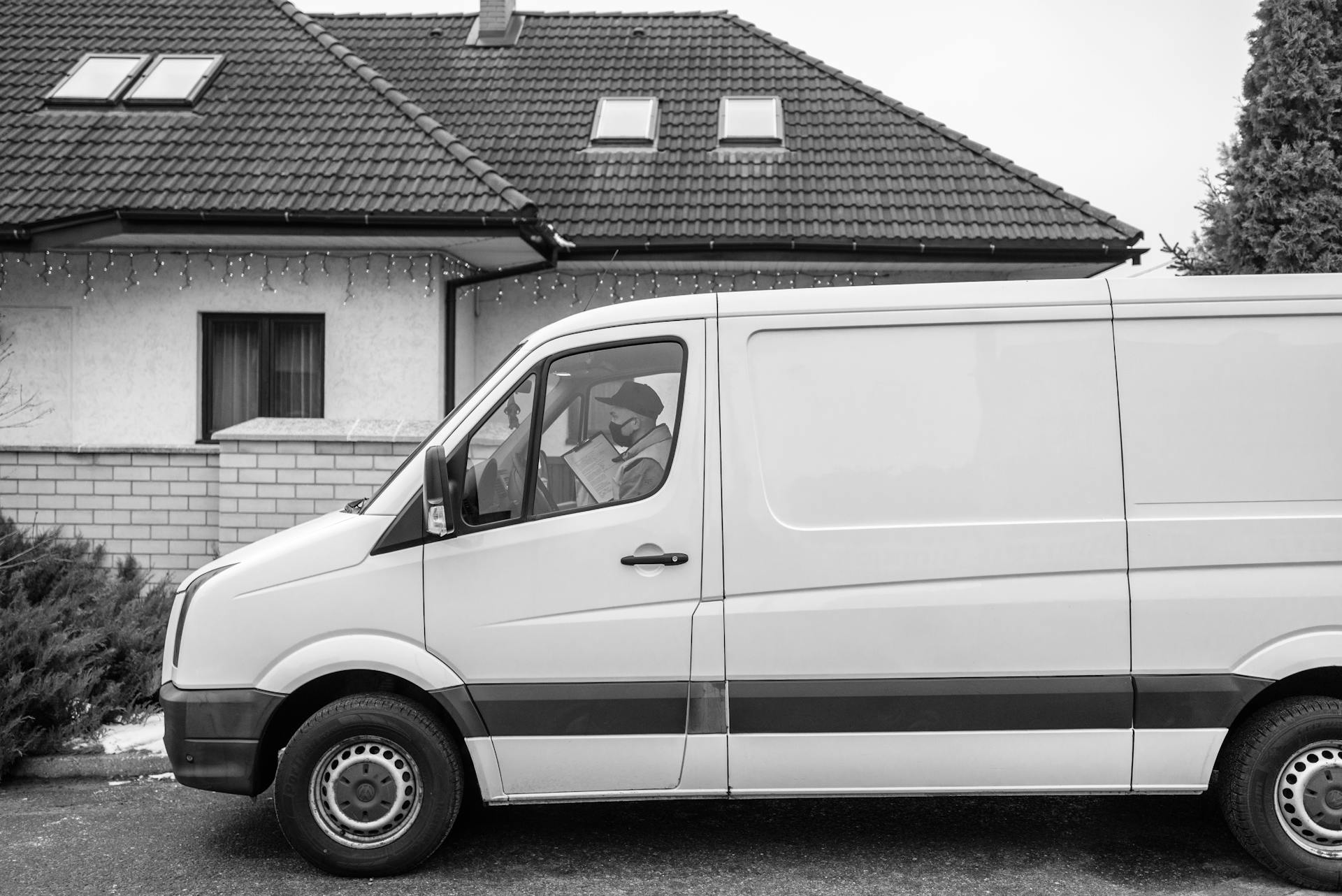
Auto dispatching is a game-changer for reducing service time and labor costs. By automating the dispatch process, you can save time that would be required to plan routes manually.
Managers can set auto-assignment rules based on driver location and route distance, while limiting the number of tasks per driver. This helps to ensure that drivers are efficiently allocated to tasks and reduces the need for manual intervention.
According to an industry study, 56% of consumers demand greater transparency in the delivery process. Auto dispatching can help to improve transparency by allowing managers to track key metrics such as success rates, on-time rates, and service times.
By automating the dispatch process, you can also reduce inefficiencies that drive up last mile delivery costs. This can help to improve your bottom line and make your delivery service more competitive.
Auto dispatching can also help to simplify last mile logistics by reducing the need for manual planning and allocation of drivers. This can help to reduce stress and improve productivity for managers and drivers alike.
With auto dispatching, you can also monitor key metrics such as distance traveled and feedback scores. This can help to identify areas for improvement and make data-driven decisions to optimize your delivery service.
Innovative Solutions
Modern vehicles are connected capable, meaning the GPS and telematics hardware is built into the vehicle at the factory.
Programs like TotalConnect can help detect unsafe driving habits and offer route optimizations for quicker deliveries.
With TotalConnect, you can ensure that vehicles are kept up to date on maintenance to maximize uptime.
Connected vehicles can provide valuable insights into fleet operations, helping you identify bottlenecks and weaknesses before they become larger issues.
Onfleet is a last mile delivery platform that serves as a complete toolkit for last mile delivery, boasting features like end-to-end route planning and dispatch.
Reporting with Onfleet helps you identify opportunities for improvement and optimize your delivery process.
The technology does the heavy lifting for you, so you can focus on your customers and provide a delightful experience.
Future of Last Mile Transportation
As we look to the future of last mile transportation, it's clear that companies are getting creative with their delivery strategies. Pop-up warehouses are being used to relocate products closer to customers, reducing transportation costs.
The rise of electric vehicles (EVs) is also a game-changer, as they can provide enough charge for a daily route and extend drive time through regenerative braking. EVs are ideal for last mile delivery services.
More businesses are building urban warehouses closer to cities, which helps reduce route inefficiencies and carbon footprint. Urban warehouses are also more convenient for workers who live in or near the city.
Companies are exploring hybrid fleet management systems, combining in-house and third-party freelance drivers for the delivery fleet. This approach can be beneficial for businesses that want to balance cost and efficiency.
To stay competitive, many companies are offering same-day delivery, which creates challenges for last mile solutions. To meet this demand, companies are getting creative with their delivery strategies.
Final Thoughts
The last mile transportation puzzle is complex, but it's clear that technology is playing a key role in solving it.
With the rise of micromobility, we're seeing a significant reduction in emissions and traffic congestion. In fact, a study found that e-scooters can reduce emissions by up to 95% compared to traditional cars.
As we've discussed, autonomous vehicles are also being tested to improve last mile transportation efficiency. Companies like Waymo are leading the charge, with their self-driving cars already ferrying passengers in select cities.
The key to a successful last mile transportation system is integration with existing infrastructure. This is why we're seeing more cities invest in bike-share programs and pedestrian-friendly streets.
With the right infrastructure in place, we can expect to see a significant reduction in traffic congestion and emissions. In fact, a study found that a well-designed bike-share system can reduce traffic congestion by up to 20%.
Take a look at this: Transportation Management System Examples
Frequently Asked Questions
What is an example of a last mile delivery?
A last mile delivery example is delivering a package from a warehouse to a customer's doorstep. This final leg of delivery brings goods directly to the end customer.
What is last mile trucking?
The last mile of trucking refers to the final leg of a delivery journey, transporting goods from a transportation hub to a customer's doorstep. This critical phase requires efficient logistics and transportation planning to ensure timely and reliable delivery.
Sources
- https://en.wikipedia.org/wiki/Last_mile_(transportation)
- https://www.merchantsfleet.com/industry-insights/what-is-last-mile-delivery/
- https://www.forbes.com/councils/forbestechcouncil/2024/03/22/everything-is-logistics-especially-last-mile-delivery/
- https://www.wisesystems.com/blog/what-is-last-mile-transportation-examples-how-it-works-more/
- https://onfleet.com/blog/what-is-last-mile-delivery/
Featured Images: pexels.com
